Freshen your home and bid farewell to odors with indoor plants that absorb smells. It’s a win-win for your nose and your decor!
These leafy superheroes not only bring a touch of nature indoors but also possess incredible powers to eliminate unwanted odors. Picture your living room smelling as fresh as a field of daisies or your bathroom transforming into a fragrant oasis.
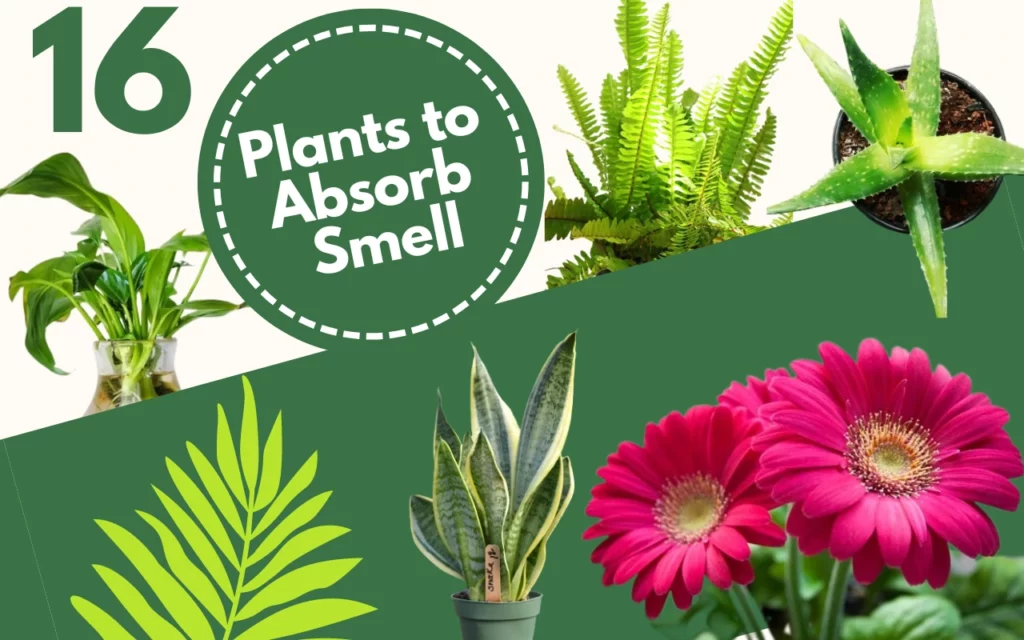
Best Indoor Plants to Absorb Odor
list of indoor plants that are known for their ability to absorb odors and clean the air, along with tips on their placement and care:
Peace Lily (Spathiphyllum sp.):
Peace lilies are excellent at absorbing odors, especially those caused by mold and mildew. They also help in removing airborne toxins like formaldehyde, benzene, and trichloroethylene.
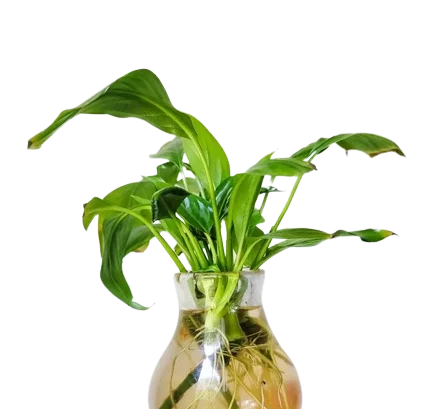
- Placement: Peace lilies prefer bright, indirect light but can tolerate low light conditions. Place them in areas away from direct sunlight, such as north or east-facing windows.
- Soil and Care: Use well-draining soil and water the plant when the top inch of soil feels dry. Peace lilies appreciate high humidity, so misting their leaves occasionally or placing them near a humidifier can be beneficial.
Snake Plant (Sansevieria trifasciata):
Snake plants are highly effective at removing toxins such as formaldehyde, benzene, xylene, and toluene from the air. They also release oxygen at night, making them ideal for bedrooms.
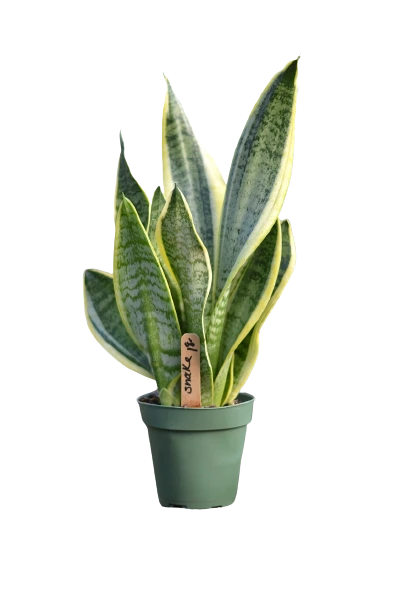
- Placement: Snake plants are versatile and can thrive in various light conditions, including low light. They can be placed in any part of the house, but they prefer indirect sunlight.
- Soil and Care: Use well-draining soil and water the plant moderately, allowing the soil to dry out between waterings. Snake plants are drought-tolerant and can survive in dry environments.
Bamboo Palm (Chamaedorea seifrizii):
This palm plant not only absorbs odors but also removes formaldehyde, benzene, and trichloroethylene from the air. It thrives in low-light conditions, making it a great choice for areas with minimal sunlight.
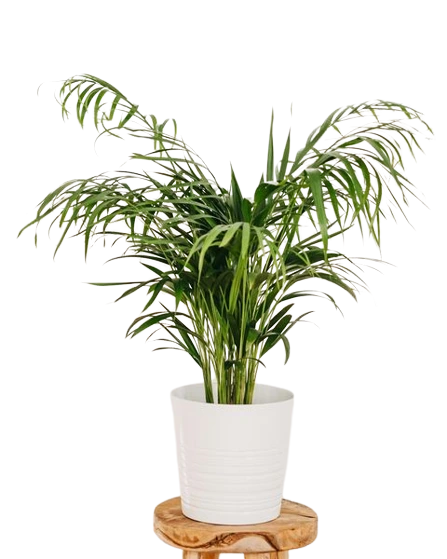
- Placement: Bamboo palms prefer bright, indirect light. Place them near a window with filtered sunlight or provide artificial light if necessary.
- Soil and Care: Use well-draining soil and water the plant when the top inch of soil feels dry. Mist the leaves occasionally to increase humidity levels and prevent them from drying out.
English Ivy (Hedera helix):
English Ivy is known for its ability to reduce airborne mold spores and various toxins like formaldehyde. It’s a climbing vine that can be trained to grow on walls or hang in baskets.
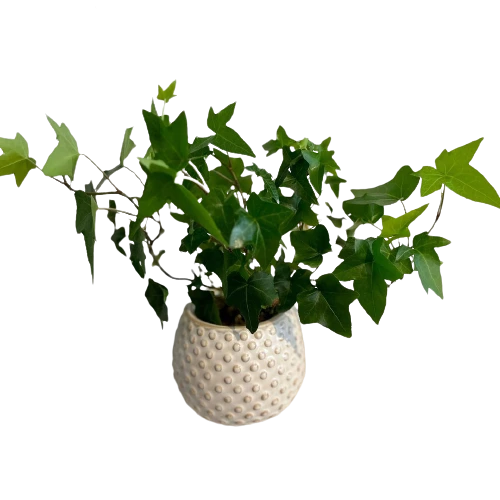
- Placement: English Ivy thrives in bright, indirect light but can tolerate lower light conditions. Place it near a window with filtered sunlight or in hanging baskets to cascade down.
- Soil and Care: Use well-draining soil and water the plant moderately, allowing the top inch of soil to dry between waterings. English Ivy appreciates higher humidity levels, so misting the leaves or using a humidifier can be helpful.
Gerbera Daisy (Gerbera jamesonii):
These colorful flowers are not only visually appealing but also help remove trichloroethylene, formaldehyde, and benzene from the air. They prefer bright, indirect light.
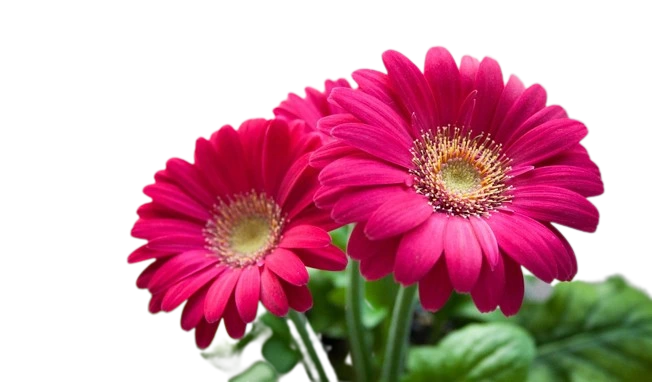
- Placement: Gerbera daisies require bright, direct sunlight. Place them near a south or west-facing window where they can receive at least six hours of sunlight per day.
- Soil and Care: Use well-draining soil and water the plant regularly, keeping the soil evenly moist. Gerbera daisies appreciate higher humidity levels, so mist the leaves occasionally.
Aloe Vera (Aloe barbadensis):
Aloe vera is not only a popular houseplant for its medicinal properties but also for its air-purifying abilities. It helps clear formaldehyde and benzene from the air and is easy to care for.
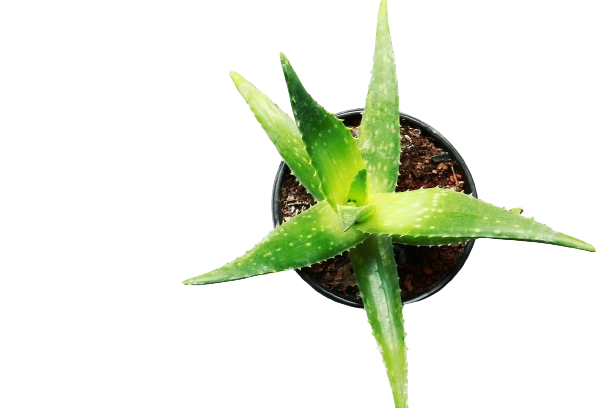
- Placement: Aloe vera thrives in bright, indirect sunlight. Place it near a south or west-facing window where it can receive several hours of sunlight per day.
- Soil and Care: Use well-draining soil and water the plant deeply but infrequently, allowing the soil to dry out between waterings. Aloe vera is a succulent and is drought-tolerant, so be cautious not to overwater it.
Golden Pothos (Epipremnum aureum):
Golden Pothos is a trailing vine that is excellent at absorbing odors and eliminating pollutants such as formaldehyde, benzene, and carbon monoxide.
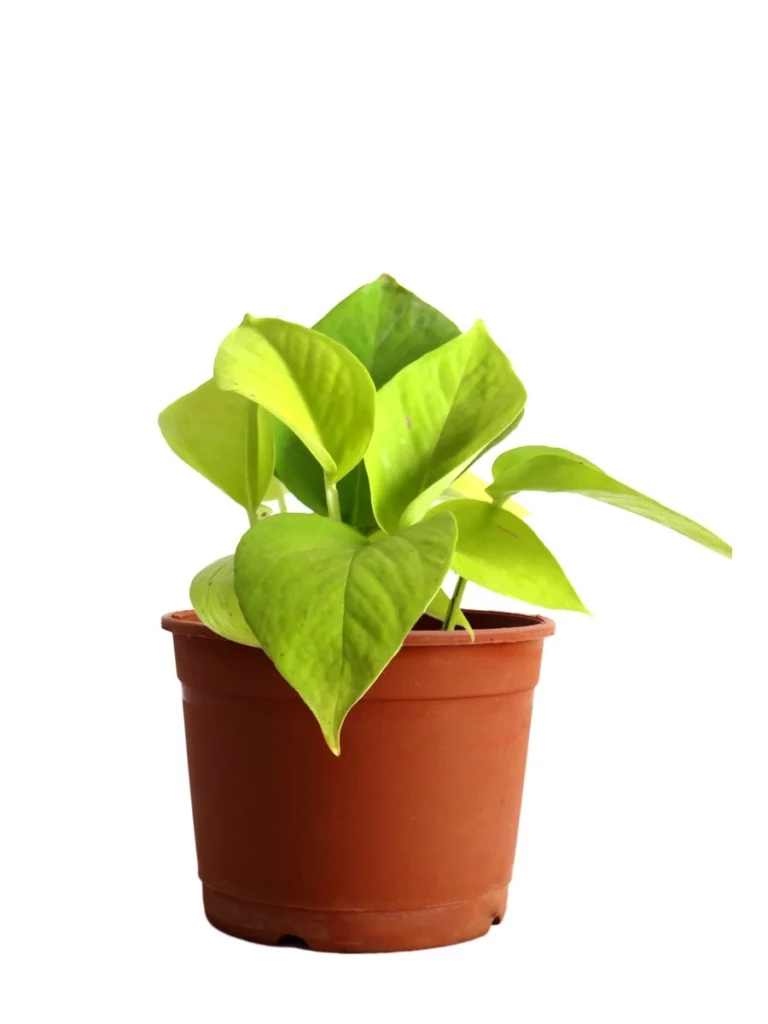
- Placement: Golden Pothos can tolerate a wide range of light conditions, from low light to bright, indirect light. Place them in various areas of your home, including north or east-facing windows.
- Soil and Care: Use well-draining soil and water the plant when the top inch of soil feels dry. Golden Pothos can tolerate irregular watering but prefers slightly more moisture.
Boston Fern (Nephrolepis):
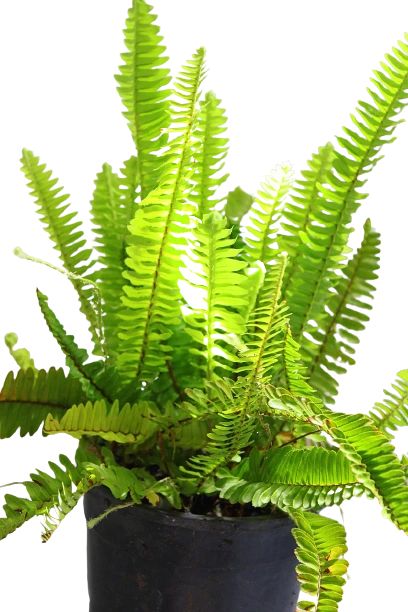
- Placement: Boston Ferns thrive in bright, indirect light. Place them near an east or west-facing window, where they can receive filtered sunlight for a few hours a day.
- Soil and Care: Use well-draining soil and keep the soil consistently moist, but not waterlogged. Boston Ferns appreciate higher humidity levels, so misting their leaves or placing them in a bathroom or kitchen can be beneficial.
Aromatic Ambiance: Indoor Plants That Smell Sweet
Here’s a list of indoor plants that are known for their fragrant qualities and pleasant scents:
- Jasmine (Jasminum): Jasmine plants produce delicate, sweetly scented flowers that can fill a room with a lovely fragrance. They prefer bright, indirect light and regular watering.
- Lavender (Lavandula): Lavender plants release a calming and soothing scent. Their aromatic flowers are known for their relaxing properties. Place them in a sunny spot and provide well-draining soil.
- Gardenia (Gardenia jasminoides): Gardenia plants offer highly fragrant white flowers with a sweet and exotic scent. They prefer bright, indirect light and moderate humidity levels.
- Rosemary (Rosmarinus officinalis): Rosemary not only adds flavor to your culinary creations but also fills the air with a delightful herbal fragrance. Place the plant in a sunny location and allow the soil to dry between waterings.
- Citrus Trees (Citrus spp.): Lemon, orange, and other citrus trees emit refreshing and uplifting fragrances. They require bright light, regular watering, and well-draining soil.
- Eucalyptus (Eucalyptus spp.): Eucalyptus plants provide a fresh and invigorating scent. Their leaves can be used to create aromatic arrangements or for aromatherapy purposes. They prefer bright light and moderate watering.
- Orchids (Orchidaceae): Certain orchid varieties, such as Phalaenopsis and Oncidium, produce exquisite blooms with captivating fragrances. They thrive in bright, indirect light and require careful watering.
- Scented Geraniums (Pelargonium spp.): Scented geraniums offer a wide range of delightful fragrances, such as rose, lemon, mint, and citrus. They require bright light and well-draining soil.
Most Common Indoor Odors and Sources
We’ve got a list of funky odors and the sneaky chemicals behind them that might be floating around in the air. We’re talking about everything from that leftover fishy scent to the mysterious whiff of nail polish.
Indoor air can contain various chemicals and pollutants, which can negatively affect air quality and contribute to odors in our homes. Here are some common chemicals found indoors, their sources, and the odors associated with them:
- Formaldehyde: Formaldehyde is a colorless gas with a strong, pungent odor. It is released from a variety of sources, including pressed-wood products (like furniture and cabinets), some types of insulation, cigarette smoke, and household cleaning products. The odor of formaldehyde can be described as a strong, irritating scent.
- Benzene: Benzene is a volatile organic compound (VOC) that is present in items such as gasoline, paints, glues, and plastics. It is also released from tobacco smoke and certain types of cleaning products. Benzene has a sweet, fruity odor.
- Trichloroethylene: Trichloroethylene is another VOC commonly found indoors. It is often present in dry cleaning solutions, adhesives, and paint removers. The odor of trichloroethylene can be similar to that of chlorinated solvents, with a slightly sweet smell.
- Ammonia: Ammonia is a gas with a distinct, pungent odor. It is released from cleaning products, fertilizers, and certain types of plastics. Ammonia can be irritating to the respiratory system and eyes.
- Volatile Organic Compounds (VOCs): VOCs are a broad group of chemicals that are released from various sources such as paints, solvents, cleaning products, air fresheners, and even some furniture and building materials. They can contribute to a wide range of odors, including chemical-like, fruity, or floral scents.
- Mold and Mildew: Mold and mildew growth can lead to musty and earthy odors in indoor environments. Moisture, poor ventilation, and water damage can create favorable conditions for mold and mildew to thrive. These microorganisms can release volatile compounds that contribute to distinct odors.
- Pet Odors: If you have pets at home, their urine, dander, and other secretions can release specific odors. These odors can range from musky and unpleasant to more subtle scents, depending on the animal and its hygiene.
- Cooking Odors: Cooking certain foods can release strong odors, such as the smell of fried foods, spices, onions, or garlic. While these odors are not necessarily harmful, they can linger in the air and affect indoor air quality.
And finally yes, say goodbye to stinky smells with the above list of indoor plants that absorb odor and the ones that make your home smell sweet. Your nose will thank you!